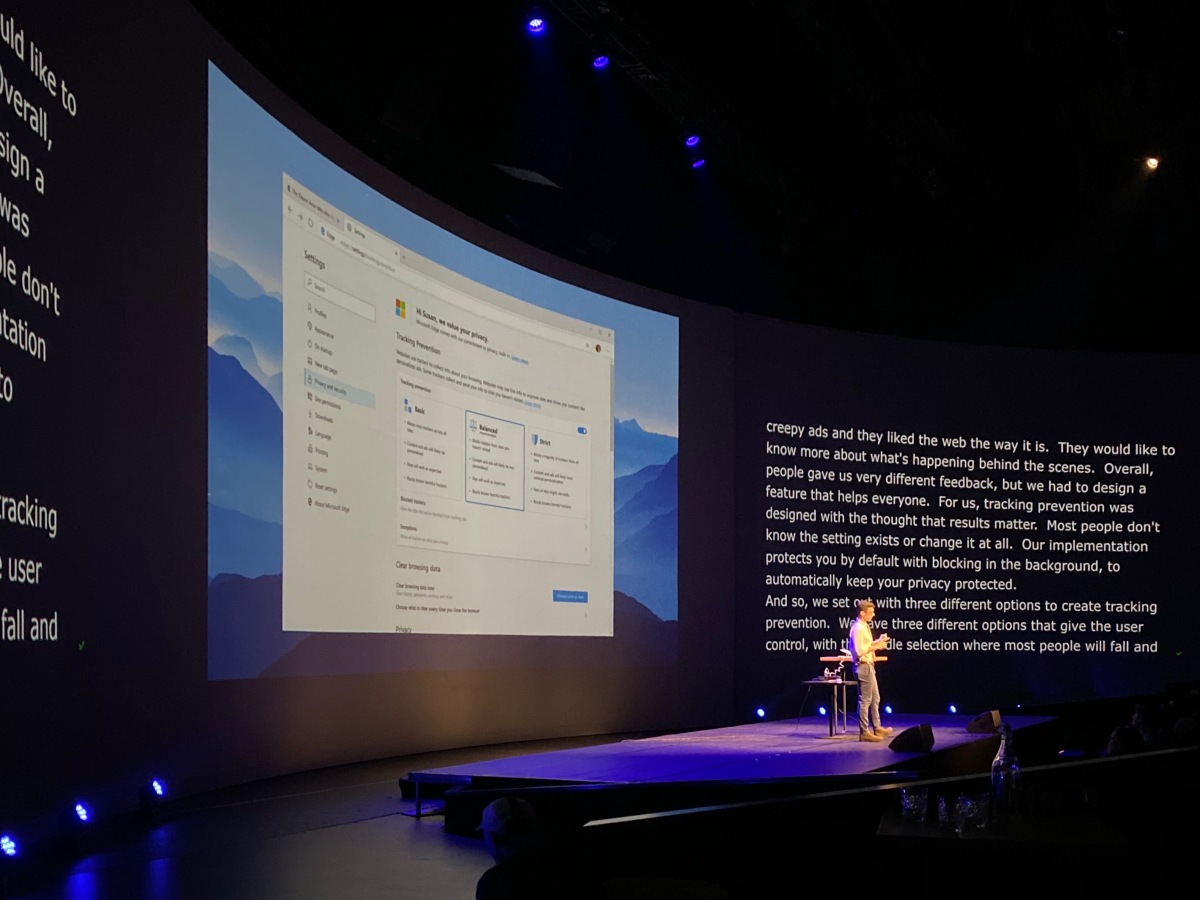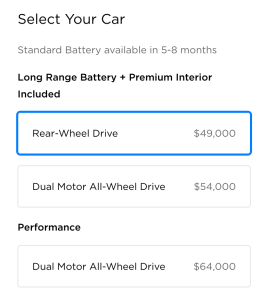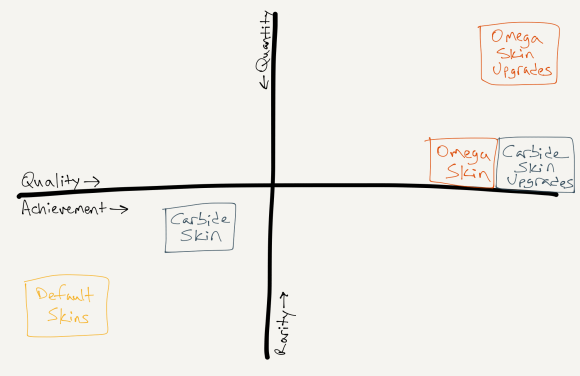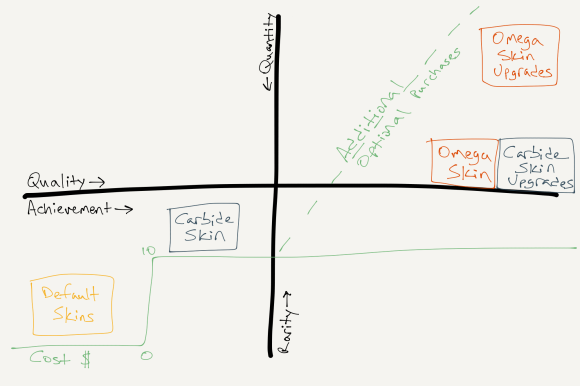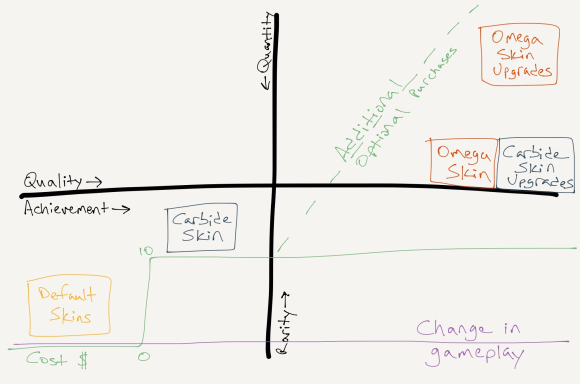This past Tuesday I gave my first conference talk at View Source in Amsterdam! It was an awesome experience at an amazing venue in a rainy city where people from all corners of the web came together to discuss many of the challenges, opportunities, and learnings for browsers, web development and the overall landscape of the internet.
I work on creating experiences to help people stay safe and have greater privacy online, so it was enlightening to hear from such a wide range of topics about the web. I’m always impressed by the depth of understanding and passion people have about their subjects of work, and the speakers and attendees at View Source carried an overwhelming amount of inspiration.
Just to name a few, gaming, entertainment, monetization, accessibility, connectivity, and rethinking digital utopianism were all covered. I love hearing about what people are working on. It shows how there is so much to think about and is a humbling reminder that my work is a small piece of a vibrant community.
I was fortunate to attend the conference with a group of us from the Microsoft Edge team. It was a great team bonding experience to get to know others from different parts of the team who I don’t normally work with. While it’s not always possible, I would highly recommend going to conferences with folks from your team. It’s great to have others with a similar frame of reference to talk about new ideas and to be more connected when you get back to work.
My colleague Lillian Kravitz and I spoke about the privacy principles we’ve developed for Edge. Melanie Richards gave a talk about the simple and actionable steps to help make your site accessible to everyone by considering of various contrast and theme settings, and others on the team held “conversation corner” discussions about web compatibility and more. The talks were recorded, and I’ll post a link here when it’s available. (Here it is! And me tweeting about the talk.)
A main theme of our privacy talk was listening, learning, and trying to gain a fresh perspective on a topic we thought we were familiar with. I know I am not at all familiar with giving talks on a big stage, but the aspect of learning something new and having a different perspective on presenting my work still felt as fitting to the process of giving the talk as it did to the contents of the talk itself.
I can come back to more about the talk when the recording is posted, but for now, while the experience is still fresh in my mind, I wanted to reflect on the things I learned, what went well, and what I could improve for next time. Because, yes, giving a talk is exhilarating and this one will not be my last.
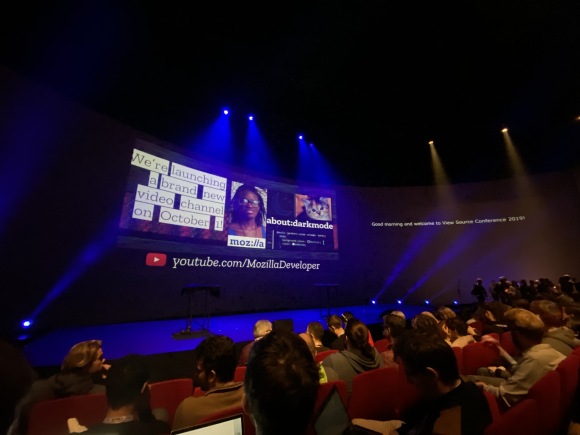
Preparing
Our talk was second to last on the last day of the conference. It’s tough having a time slot late in the day on a later day of a conference (this post and comments came to mind when I learned of our time). You almost need to leave something small to clean up and keep working on during the conference because if you show up on day 1 ready to go, you’ll have to keep your excitement and preparedness high for quite a while.
It would be great to be at peak preparation the night before the talk, but even then, we ended up waiting 8 hours the day of as our talk was at 5pm and the events started at 9am. At breakfast the morning of, excitement needs to be reserved because adrenaline could give out well before the talk. I likened the situation to an athlete or musician where a game or performance is late at night (worth looking more into how they manage energy). You need you energy and focus to be up at an hour different than your normal operating schedule.
Which leads to another interesting aspect of this conference. Traveling to a different time zone can be debilitating for the first few days. Especially when it’s many hours different than you’re used to (And seemingly more-so when going east around the globe?).
I am not one to take naps normally, but when your schedule is turned upside down, naps can be your friend.
Luckily the hotel was nearby the conference theater, so it was easy to go back to sleep. I was conflicted because I wanted to listen to all the talks, but I knew if I wanted to have the energy for my talk, I’d need sleep a bit before we were up.
My pre-talk routine (but maybe not a routine because I only did it once), was check the slides early in the morning before the first talk, listen to the first few talks, go for a nap, head back for lunch, listen to more talks (three hours before ours), regroup for a bit just before getting mic’ed up, the go on stage. Seemed fine. I think the whole process would have been easier in my normal time zone, but this helped manage energy and focus well enough.
The talk
It’s impossible to even scratch the surface of all you need to know going into something you’ve never done before. You have to put yourself out there and figure things out as you go.
There’s a lot of “tribal speaker knowledge” I learned from this first talk. Questions I hadn’t considered asking because they didn’t even come to mind before, and issues I could have mitigated had I known a bit more about the process. All good takeaways though. Makes me want to try again soon to test out my new perspective.
First, I think I was a little too reliant on my slide notes. I wanted to be sure to hit the speaking points we planned, but the talk felt less conversational as a result. The story we were going for lent itself to a more prescription presentation style, as we were sharing a process others might be able to apply, but I enjoyed the more casual and friendly sounding style of some other presenters that was more akin to giving a well thought out answer to a question rather than reading a speech.
Awareness of my over reliance on notes cropped up when, under some unforeseen circumstances, a few of my notes got cut off from the presenter screen. Without the expected cue, I stumbled a bit to keep with the flow I’d practiced when leading from an idea on one slide to the next. This was unfortunate because we checked the presenter screens before the talk, I just missed the few slides that had issues.
But when things don’t go according to plan, you’ve got to improvise! You can’t do a dance and walk off stage. You have to keep going!
Second was a simple problem of struggling with the clicker having issues advancing slides. At one point I thought I was ahead of where I was only to realize I missed a slide. (Sorry folks, that one image transition really made the talk 🙃).
After the talk when we went backstage to the “green room” talking about how it went, in an eye opening detail to me, another presenter mentioned that before his talk he asked the AV team where to point the clicker. I hadn’t even considered doing that. I figured the thing would just work (and I really think it just should), but for such a simple, yet crucial piece of presentation consistency, it was important to understand. This was some tribal knowledge that one who had given talks might know from variance of venues and presentation setups, but for me, it had not even crossed my mind.
Overall though, I think we did well. We connected ideas from other talks in the conference about privacy, collaboration, and the future of the web, and presented our customer focus as a way to reframe thinking about developing experiences. We realized there is always more to learn, and listening to feedback to spur continuous improvement was a common theme encompassing our time at the conference.
So yeah, that was the talk. Lots to think about for next time, but mostly minor tweaks to smooth out delivery. It was a great start to what I am look forward to as the beginning of many more to come. I definitely have areas to improve, and am anxiously awaiting the recordings to come out to kick myself over all the little things I didn’t get quite right. But I’m not going to hark on the mistakes. I’m going to learn from them to make my next talk even better. Can’t wait.
Touristing
Oh, and I mentioned the talk was in Amsterdam!? How about a quick travel update to round out the trip.
Side note, I think the concept of being a tourist and trying to avoid touristy things is funny. Why try so hard? Just go, enjoy the culture, and have a good time!
Side side note, a couple weeks ago at an organized bike ride in Seattle, which I would consider a very local thing to do, I met a couple who traveled from Missouri (I think it was Missouri, can’t remember exactly) who were visiting specifically to do the bike ride. No idea how they found out about it, but I was amazed at their ability to be local tourists. Pretty cool.
Anyway, I really like Amsterdam. The bikes, canals, frites, stroopwaffles, and tiny red cars all come together into a bustling culture. People are friendly, even if I often misunderstand what’s said under a Dutch accent (a taxi driver asked me how long I had to wait for the ride, and I answered I would be returning to the US. Thought he asked where I was heading… Sorry!).
Amsterdam is the first country outside of USA and Canada I’ve now been to twice, and I would definitely go again. Here are some photos from the rainier and sunnier parts of quickly playing tourist while on a trip for work.

